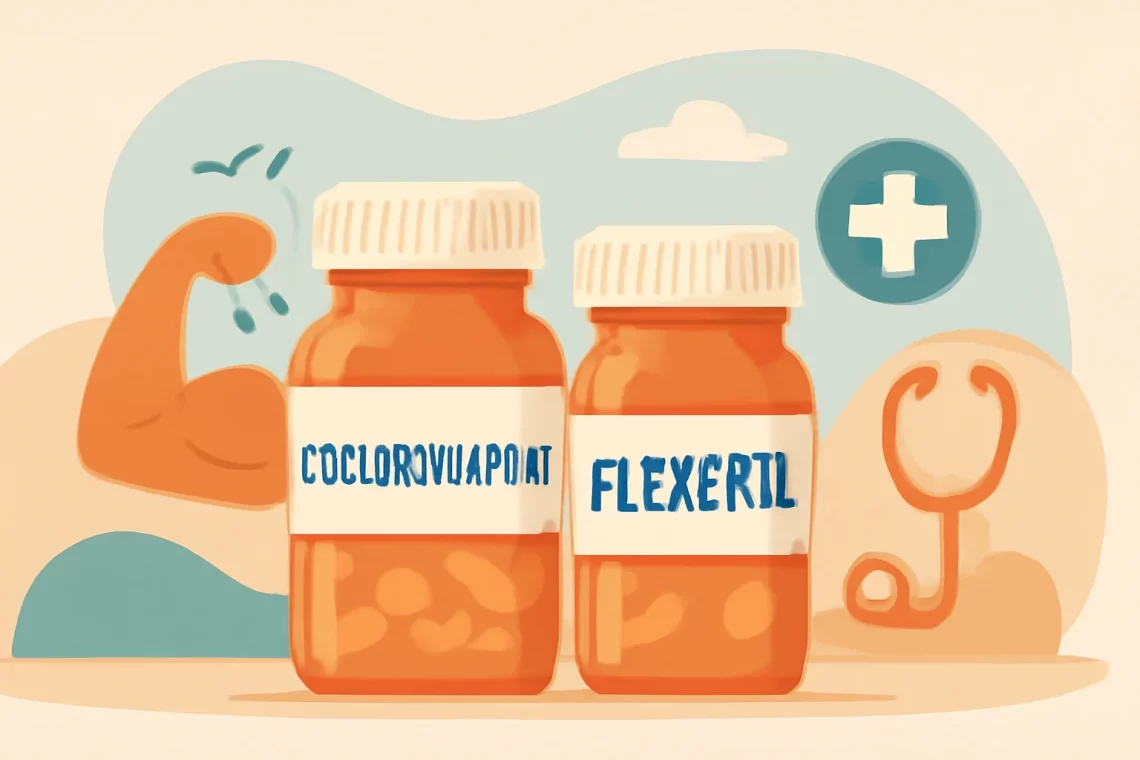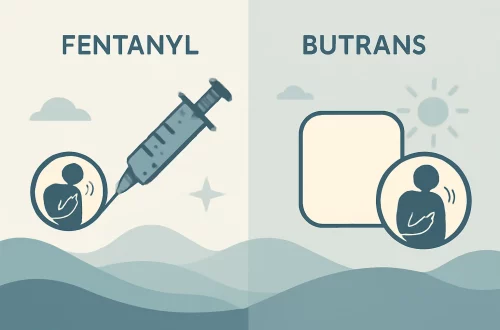-
Nifedipine vs Amlodipine: Which Medication is Right for You?
High blood pressure and certain heart conditions are prevalent health issues that affect millions of individuals worldwide. As the demand for effective treatments grows, various medications have been developed to help manage these conditions. Among them, calcium channel blockers have gained prominence for their ability to relax blood vessels and improve blood flow. Two widely used medications in this category are nifedipine and amlodipine. Both drugs are effective in lowering blood pressure and are often prescribed to patients dealing with hypertension or angina. Despite their similarities, nifedipine and amlodipine have distinct properties, mechanisms of action, and side effect profiles that can influence a healthcare provider’s choice in prescribing one over…
-
Cyclobenzaprine vs Flexeril: Understanding the Differences and Uses
Cyclobenzaprine and Flexeril are terms that often arise in discussions about muscle relaxants used to alleviate discomfort from muscle spasms and pain. While many people may use these terms interchangeably, it’s essential to understand that they refer to the same medication. Cyclobenzaprine is the generic name, while Flexeril is the brand name under which it is marketed. This medication is widely prescribed to help manage acute musculoskeletal conditions, providing relief by acting on the central nervous system. Muscle pain can significantly impact an individual’s quality of life, leading to discomfort and limiting mobility. As a result, the demand for effective treatments continues to grow. Cyclobenzaprine works by interfering with the…
-
Pantoprazole vs Protonix: Key Differences and Similarities Explained
Pantoprazole and Protonix are both medications that belong to a class of drugs known as proton pump inhibitors (PPIs). These medications are commonly used to treat conditions related to excessive stomach acid production. The use of PPIs has gained popularity due to their effectiveness in providing relief from symptoms associated with gastroesophageal reflux disease (GERD), peptic ulcers, and other gastrointestinal disorders. As more individuals seek effective treatment for their acid-related conditions, understanding the differences and similarities between various PPIs becomes essential. Patients often look for medications that not only alleviate their symptoms but also come with manageable side effects. In this context, Pantoprazole and Protonix have emerged as two noteworthy…











